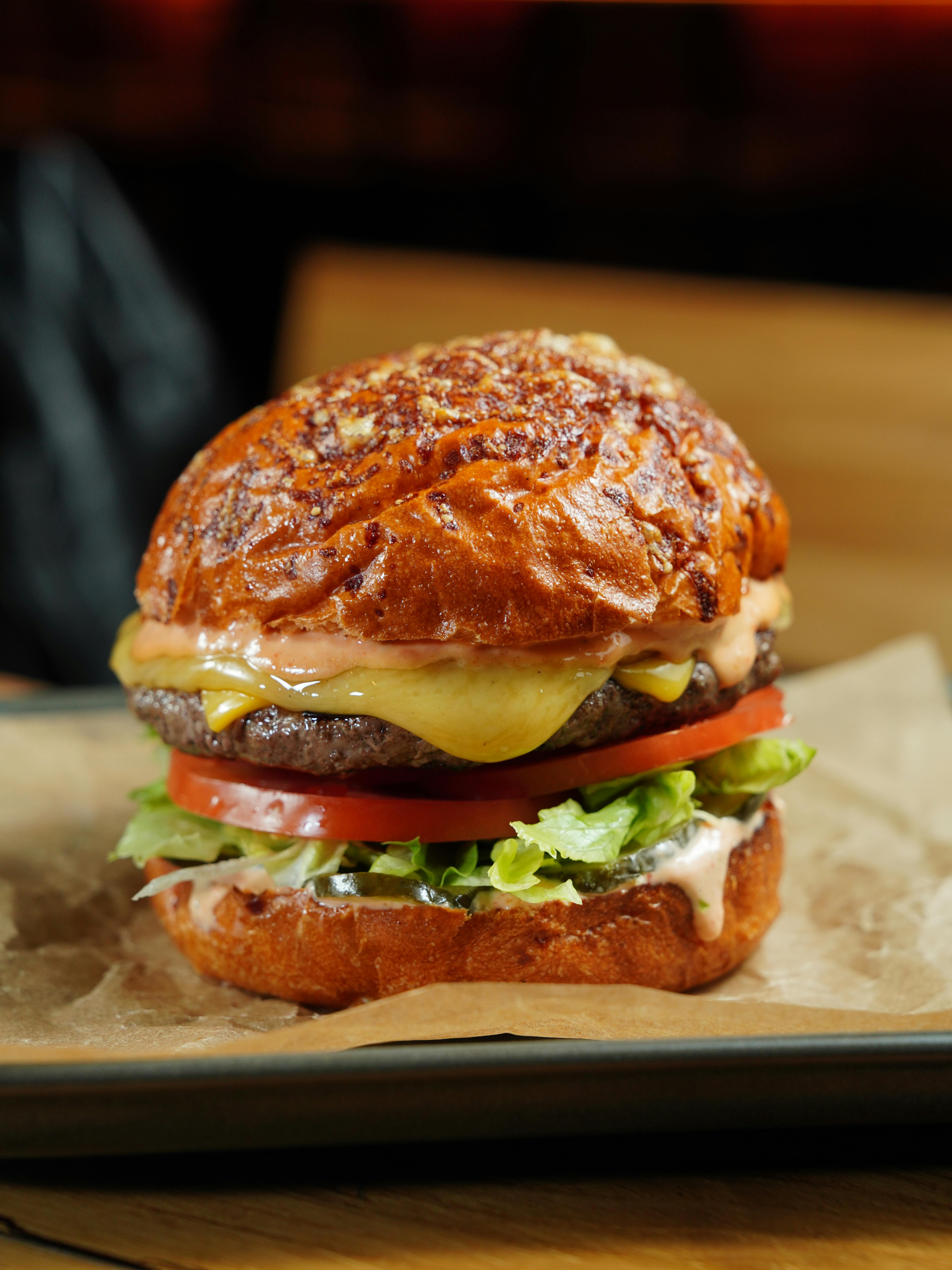So you’ve decided to embrace the smoky art of BBQ and are now faced with one crucial question: how do you know when the meat is done smoking? Achieving that perfect smoky tenderness can be a bit tricky, but fret not! By keeping an eye on a couple of key indicators, you’ll become a meat-smoking expert in no time. From the intoxicating aroma wafting through the air to the ever-important internal temperature, let’s explore the telltale signs that your smoked masterpiece is ready to be devoured. Trust your senses and embark on a flavorful journey that is sure to leave your taste buds longing for more.
How Do I Know When The Meat Is Done Smoking?
When it comes to smoking meat, determining whether it is done or not can be a bit tricky. However, there are several methods you can use to ensure your meat is perfectly cooked and ready to be enjoyed. In this article, we will explore various ways to determine the doneness of your smoked meat, including visual inspection, internal temperature, meat texture, time guidelines, using a meat thermometer, determining doneness by sight, touch test, target temperatures for different meats, resting period, and additional tips and considerations. By familiarizing yourself with these methods, you’ll be able to confidently serve delicious, perfectly smoked meat every time.
Visual Inspection
One way to determine if your meat is done smoking is through visual inspection. As the meat cooks, the color and appearance will change. For example, a properly smoked pork shoulder will develop a beautiful bark, a dark and caramelized exterior that adds flavor and texture to the meat. Additionally, the surface of the meat should have a rich brown color. However, it’s important to note that visual inspection alone may not be enough to guarantee the meat is fully cooked and safe to eat.
Internal Temperature
The most reliable way to determine the doneness of smoked meat is by using an internal temperature probe. Insert the probe into the thickest part of the meat without touching any bones or the cooking grate. Different types of meat have different target temperatures for doneness. For example, beef brisket is typically considered done when it reaches an internal temperature of around 200°F (93°C), while chicken should reach an internal temperature of 165°F (74°C). It’s crucial to invest in a good quality meat thermometer to ensure accurate readings.

Meat Texture
Another indicator of whether your smoked meat is done is its texture. As the meat cooks, it undergoes various transformations. With low and slow smoking, the connective tissues, collagen, and fats within the meat break down, resulting in a tender and juicy final product. When the meat reaches the ideal internal temperature, it should be tender enough to pull apart easily with a fork. If the meat still feels tough and chewy, it needs more time in the smoker.
Time Guidelines
While time guidelines can be helpful, it’s important to remember that smoking meat is not an exact science. However, having a rough estimate of how long certain cuts of meat typically take to smoke can be beneficial. For example, a pork butt may take anywhere from 10 to 14 hours to reach the desired doneness, while a whole chicken might be ready in 3 to 4 hours. It’s crucial to keep in mind that every piece of meat is different, and factors such as size, thickness, and external temperature can affect the cooking time.

Using a Meat Thermometer
To take the guesswork out of determining the doneness of your smoked meat, invest in a reliable meat thermometer. There are various types of thermometers available, including instant-read thermometers and leave-in probe thermometers. Instant-read thermometers provide quick readings and are ideal for checking the temperature at different stages of the cooking process. Leave-in probe thermometers are inserted into the meat before it goes into the smoker, allowing you to monitor the temperature without opening the smoker door and losing heat.
Determining Doneness by Sight
As mentioned earlier, visual inspection can provide some clues regarding the doneness of your smoked meat. Pay attention to the color and appearance of the meat’s surface and bark. However, keep in mind that relying solely on sight may not be enough to guarantee the meat is fully cooked. The only way to be certain is by using an internal thermometer.

Touch Test
While not as accurate as a meat thermometer, the touch test can give you a rough idea of the doneness of your smoked meat. Different meats will have different levels of firmness when cooked to perfection. For example, a properly smoked steak will feel firm yet still slightly springy when touched. However, take this method with a grain of salt and always use a meat thermometer for accurate results.
Target Temperatures for Different Meats
To ensure your smoked meats are cooked to perfection, it’s crucial to be aware of the target temperatures for different types of meat. Here are some general guidelines:
- Beef: 125°F (52°C) for rare, 135°F (57°C) for medium-rare, 145°F (63°C) for medium, and 160°F (71°C) for well-done.
- Pork: 145°F (63°C) for medium-rare to medium, and 160°F (71°C) for medium-well to well-done.
- Poultry (chicken, turkey): 165°F (74°C) for both dark and white meat.
- Fish: 145°F (63°C) until the flesh becomes opaque and flakes easily with a fork.
Remember, it’s essential to consult specific recipes or guidelines for different cuts of meat to ensure optimal results.
Resting Period
Once your smoked meat has reached the desired internal temperature, it’s crucial to let it rest before slicing into it. Resting allows the juices to redistribute, resulting in a more flavorful and tender final product. Wrap the meat in foil or place it in a clean container, and let it rest for at least 15 minutes, but preferably 30 minutes to an hour. During this time, the internal temperature of the meat will continue to rise slightly, so keep that in mind when aiming for the perfect doneness.
Additional Tips and Considerations
- Remember that smoking meat is a slow and low cooking process. Patience is key to achieving the best results.
- Consider using a water pan in your smoker to help maintain a moist cooking environment, which can prevent the meat from drying out.
- Use wood chips or chunks that complement the flavor of the meat you’re smoking. Experiment with different types of wood to find your favorite combinations.
- Keep a log or journal of your smoking sessions, noting the cooking times and results of different cuts of meat. This will allow you to learn from each experience and improve your smoking skills over time.
- Enjoy the process and have fun experimenting with different smoking techniques, rubs, and flavors. Smoking meat is not only about the end result but also about the joy of creating delicious and mouthwatering dishes.
In conclusion, determining when your smoked meat is done requires a combination of visual inspection, internal temperature measurement, and knowledge about target temperatures for different cuts of meat. By using a meat thermometer, practicing the touch test, and learning from experience, you’ll become more confident in achieving the perfect doneness every time. So fire up your smoker, prepare your favorite meats, and enjoy the mouthwatering results of your smoking adventures. Happy smoking!
